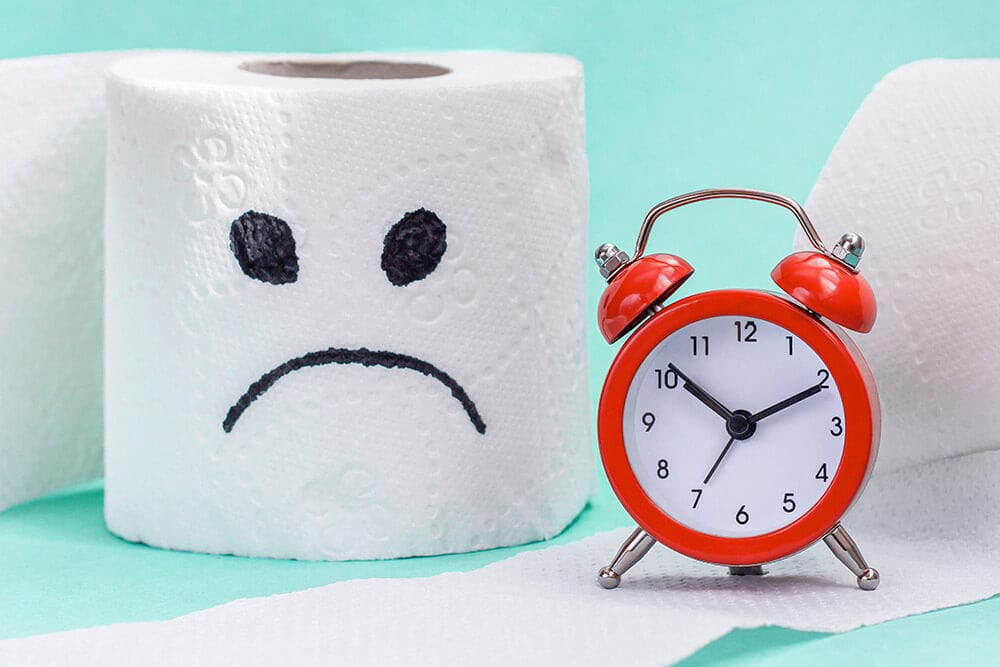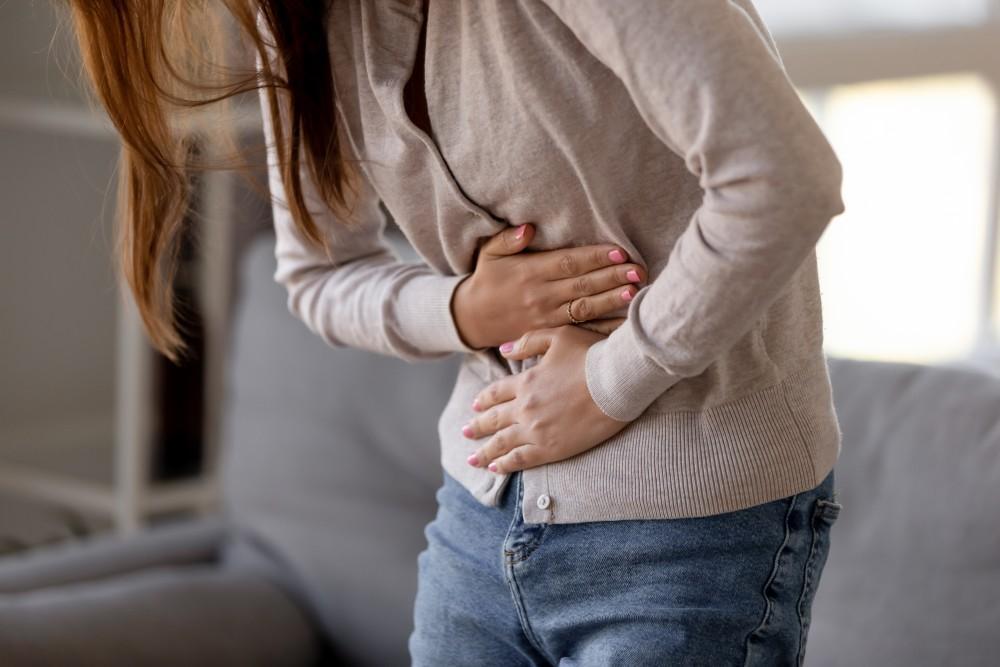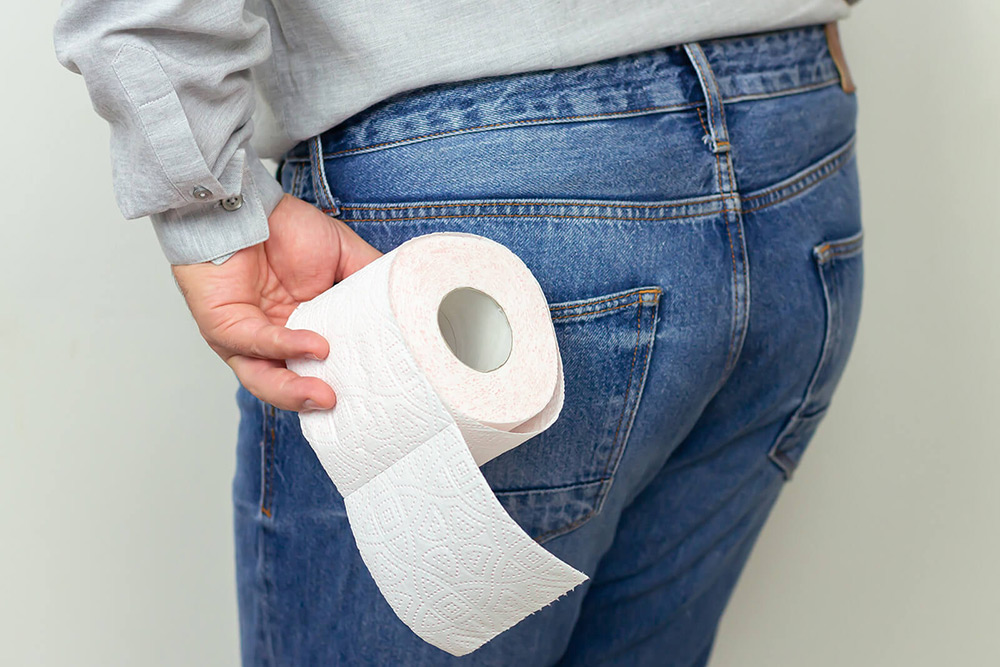What Is Unspecified Jaundice?
Unspecified jaundice means your skin and eyes turn yellow, but the cause isn-t known yet. Doctors use the ICD-10 code R17 when tests haven-t found the reason. Jaundice happens when bilirubin, a yellow pigment made in the liver, builds up in the body.
Common Causes and Risk Factors
- Liver swelling (hepatitis) or scarring (cirrhosis)
- Blocked bile ducts from gallstones or tumors
- Rapid breakdown of red blood cells (hemolysis)
- Side effects of certain medications or toxins
- Viral infections such as hepatitis A, B, or C
- Heavy alcohol use, obesity, or diabetes
- Family history of liver disease or past hepatitis
Signs and Symptoms
- Yellowing of the skin, eyes, or gums
- Dark-colored urine
- Light-colored or clay-like stools
- Itchy skin
- Fatigue or weakness
- Abdominal pain or discomfort
How Dr. Rishi Diagnoses Unspecified Jaundice?
Dr. Rishi Chadha uses a step-by-step approach:
Medical History & Physical Exam
He reviews your symptoms, alcohol use, medication history, and family background, then performs a thorough physical examination.
Blood Tests
Laboratory work includes liver function tests, total and direct bilirubin levels, complete blood count, and viral hepatitis panels.
Imaging
- Abdominal ultrasound to evaluate liver texture, bile ducts, and gallbladder.
- CT scan or MRCP (Magnetic Resonance Cholangiopancreatography) for detailed views of the biliary tree and to spot blockages or masses.
Additional Tests (if needed)
If initial studies are inconclusive, he may recommend endoscopic ultrasound for high-resolution imaging or a liver biopsy to obtain tissue for definitive diagnosis.
Frequently Asked Questions
What is unspecified jaundice?
It's jaundice with no clear cause yet. It's listed under ICD-10 code R17.
What causes it?
It may be due to liver disease, bile duct problems, red blood cell issues (hemolysis), side effects of certain medicines or toxins, or viral infections like hepatitis A, B, or C.
How is it different from other types?
Other types of jaundice have known causes, such as -obstructive- jaundice from blocked bile ducts or -hepatocellular- jaundice from liver cell damage.
What tests are needed?
Doctors perform blood tests (liver function, bilirubin, blood count, viral screens), imaging (ultrasound, CT, MRCP), and sometimes endoscopic ultrasound or liver biopsy for more details.
Can lifestyle changes help?
Yes. Avoiding alcohol, eating a balanced diet rich in fruits, vegetables, and lean protein, staying hydrated, and exercising to maintain a healthy weight all support liver health.
How long does treatment take?
It depends on the underlying cause. Some patients improve within weeks, while others may require longer follow-up and management.
Are medications always needed?
Not always, but they often help relieve symptoms or treat underlying infection. Options include ursodeoxycholic acid for bile flow, cholestyramine for itching, antivirals for hepatitis, and vitamin supplements if needed.
Are these procedures safe?
Yes. Procedures like ERCP and endoscopic ultrasound are minimally invasive and low-risk when performed by experienced specialists such as Dr. Chadha.
Will I need surgery?
Surgery is rare. It's typically reserved for cases where a blockage cannot be cleared endoscopically or if a tumor is discovered.
Why is ICD-10 code R17 used?
Code R17 is used for billing and insurance purposes until a specific cause of jaundice is identified.











